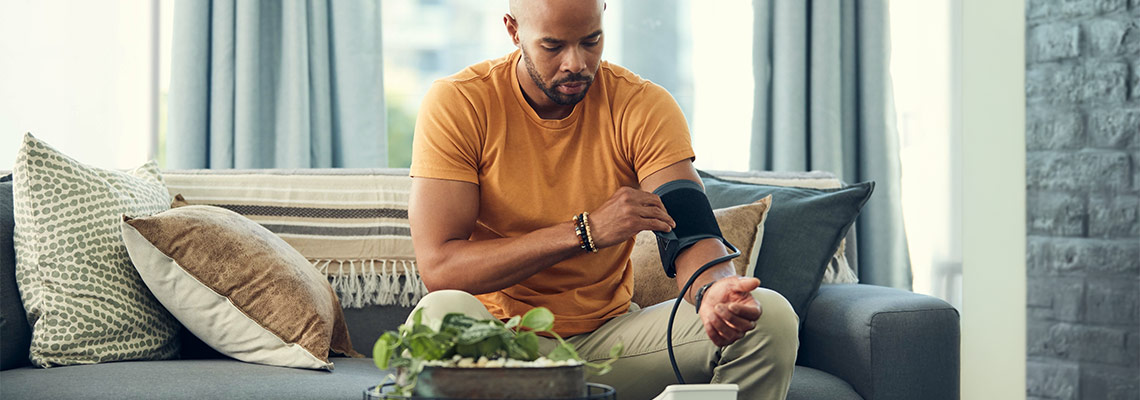Based on findings by the American Heart Association, it is recommended that approximately half of U.S. adults regularly monitor their blood pressure at home. This practice is particularly crucial for individuals diagnosed with high blood pressure and those under evaluation for the condition by their healthcare providers. Monitoring blood pressure at home with an arm cuff monitor can offer a more accurate portrayal of one’s blood pressure levels compared to sporadic readings taken during office visits alone. Many individuals experience heightened blood pressure readings in a clinical setting due to “white coat hypertension,” while others may have normal readings at the doctor’s office but elevated readings at home, known as “masked hypertension.” Given these discrepancies and other factors, experts advise individuals with blood pressure nearing the high range of 130/80 mm Hg to monitor their levels at home. Unmanaged hypertension can lead to severe consequences such as heart attack, stroke, organ damage, or dementia. Here are some tips for taking your own blood pressure:
- When selecting a home blood pressure monitor, consider opting for an automatic upper-arm cuff-style model, as recommended by cardiologists at MarinHealth. While wrist and finger models are available, they tend to provide less reliable readings. It is crucial to ensure that the cuff fits properly to avoid incorrect readings. The website www.validatebp.org, endorsed by the American Medical Association, features a list of validated devices for accuracy. If purchasing a monitor is not feasible, explore options for obtaining free blood pressure readings at local pharmacies or grocery stores, as suggested by the American Heart Association.
- Prior to utilizing a blood pressure monitor, have it checked against a model at your doctor’s office to verify its accuracy. Research from 2016 revealed that approximately one-third of home blood pressure monitors exhibited discrepancies of at least five points. It is advisable to have a healthcare professional witness your blood pressure reading to confirm that you are performing the procedure correctly.
- Before measuring your blood pressure, refrain from smoking, consuming caffeine, or engaging in physical activity within 30 minutes. Empty your bladder before taking a reading, as a full bladder can elevate readings by 10 to 15 points, according to the American Heart Association. Sit in a supported position with a straight back, feet flat on the floor, and legs uncrossed. Position your arm on a flat surface at heart level for accurate readings. Avoid multitasking during the measurement, as distractions can impact readings. Ensure the cuff is placed on bare skin, as putting it over clothing can lead to inaccuracies of 10-40 mm Hg.
- Maintain consistency by monitoring your blood pressure simultaneously daily. Typically, one reading per day is adequate. Taking multiple readings throughout the day can complicate tracking adherence to recommended guidelines.
